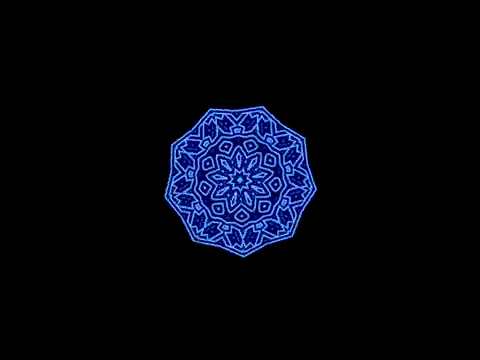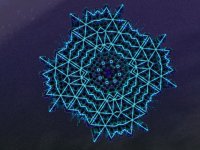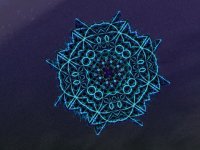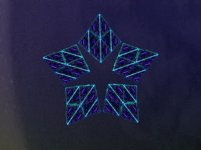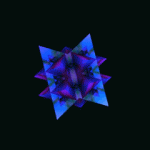lpetrich
Contributor
I have a page, Symmetries, a page that links to several demos of space symmetries that I have created.
Playing-Card Symmetries is about the symmetries of standard playing cards.
Frieze Groups, Wallpaper Groups are done in ASCII art.
2D Point-Group Demo makes a regular polygon, and you can then rotate and reflect it. Organism-Symmetry Demo does the same with pictures of various organisms and organism parts.
Organism-Symmetry Gallery shows lots of pictures of organisms with various symmetries. Bilateral, linear, plane-grid, polyhedral, and fractal, among others.
Playing-Card Symmetries is about the symmetries of standard playing cards.
Frieze Groups, Wallpaper Groups are done in ASCII art.
2D Point-Group Demo makes a regular polygon, and you can then rotate and reflect it. Organism-Symmetry Demo does the same with pictures of various organisms and organism parts.
Organism-Symmetry Gallery shows lots of pictures of organisms with various symmetries. Bilateral, linear, plane-grid, polyhedral, and fractal, among others.


